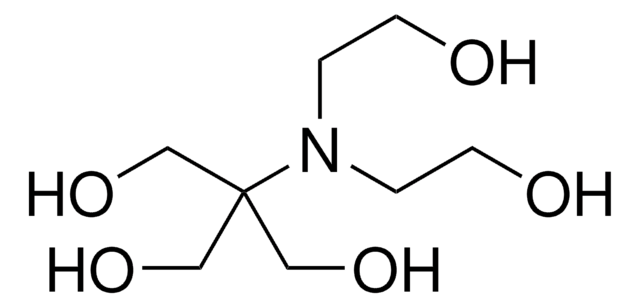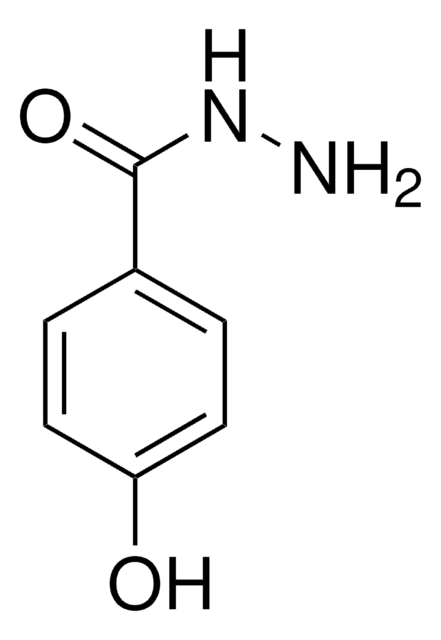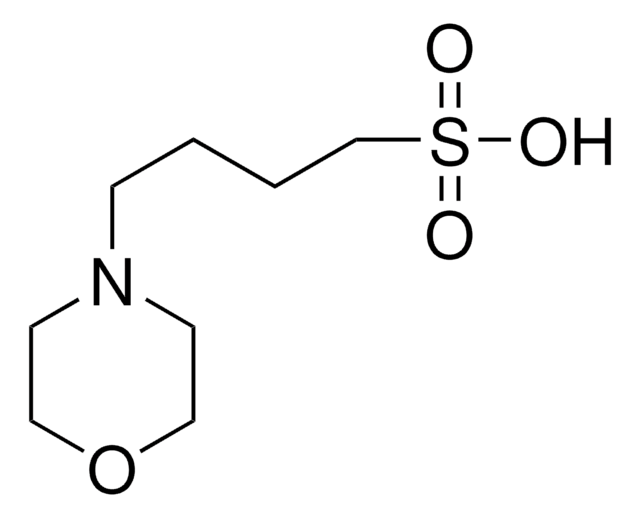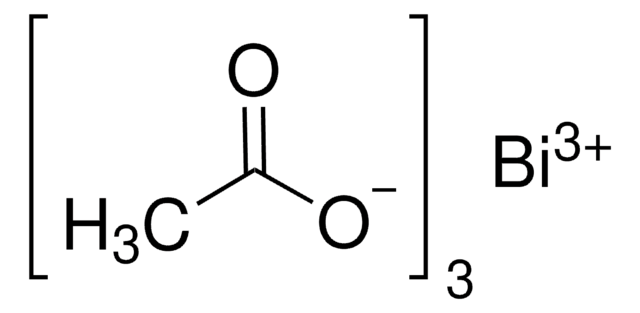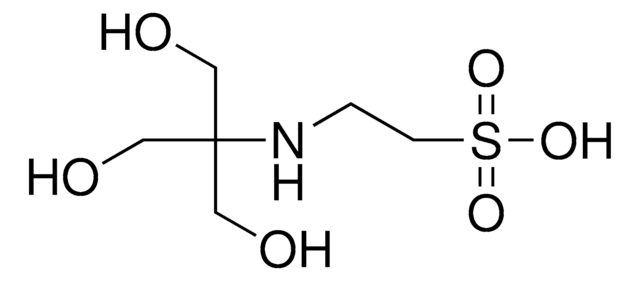A9758
ACES
≥99.0% (titration)
Synonym(s):
2-[(2-Amino-2-oxoethyl)azaniumyl]ethanesulfonate, 2-[(Carbamoylmethyl)amino]ethane-1-sulfonic acid, N-(2-Acetamido)-2-aminoethanesulfonic acid, N-(Carbamoylmethyl)-2-aminoethanesulfonic acid, N-(Carbamoylmethyl)taurine
About This Item
Recommended Products
Quality Level
Assay
≥99.0% (titration)
form
crystalline powder
pH
3.0-4.5
useful pH range
6.1-7.5
pKa (25 °C)
6.8
mp
>220 °C (dec.) (lit.)
solubility
water: 0.523 g/mL, clear, colorless
application(s)
diagnostic assay manufacturing
storage temp.
room temp
SMILES string
NC(=O)CNCCS(O)(=O)=O
InChI
1S/C4H10N2O4S/c5-4(7)3-6-1-2-11(8,9)10/h6H,1-3H2,(H2,5,7)(H,8,9,10)
InChI key
DBXNUXBLKRLWFA-UHFFFAOYSA-N
Looking for similar products? Visit Product Comparison Guide
General description
Application
- as a component of buffered charcoal yeast extract (BYCE) agar for plating bacteria culture and Buffered Yeast Extract (BYE) liquid medium to culture bacteria
- to study the impact of the pH shift on the thermal inactivation of bacterial (Bacillus subtills) spores
- as a buffer system to study the depolymerization of starch by α-amylase during exposure to hydrostatic pressure.
Other Notes
Storage Class Code
11 - Combustible Solids
WGK
WGK 3
Flash Point(F)
Not applicable
Flash Point(C)
Not applicable
Personal Protective Equipment
Certificates of Analysis (COA)
Search for Certificates of Analysis (COA) by entering the products Lot/Batch Number. Lot and Batch Numbers can be found on a product’s label following the words ‘Lot’ or ‘Batch’.
Already Own This Product?
Find documentation for the products that you have recently purchased in the Document Library.
Customers Also Viewed
Our team of scientists has experience in all areas of research including Life Science, Material Science, Chemical Synthesis, Chromatography, Analytical and many others.
Contact Technical Service



